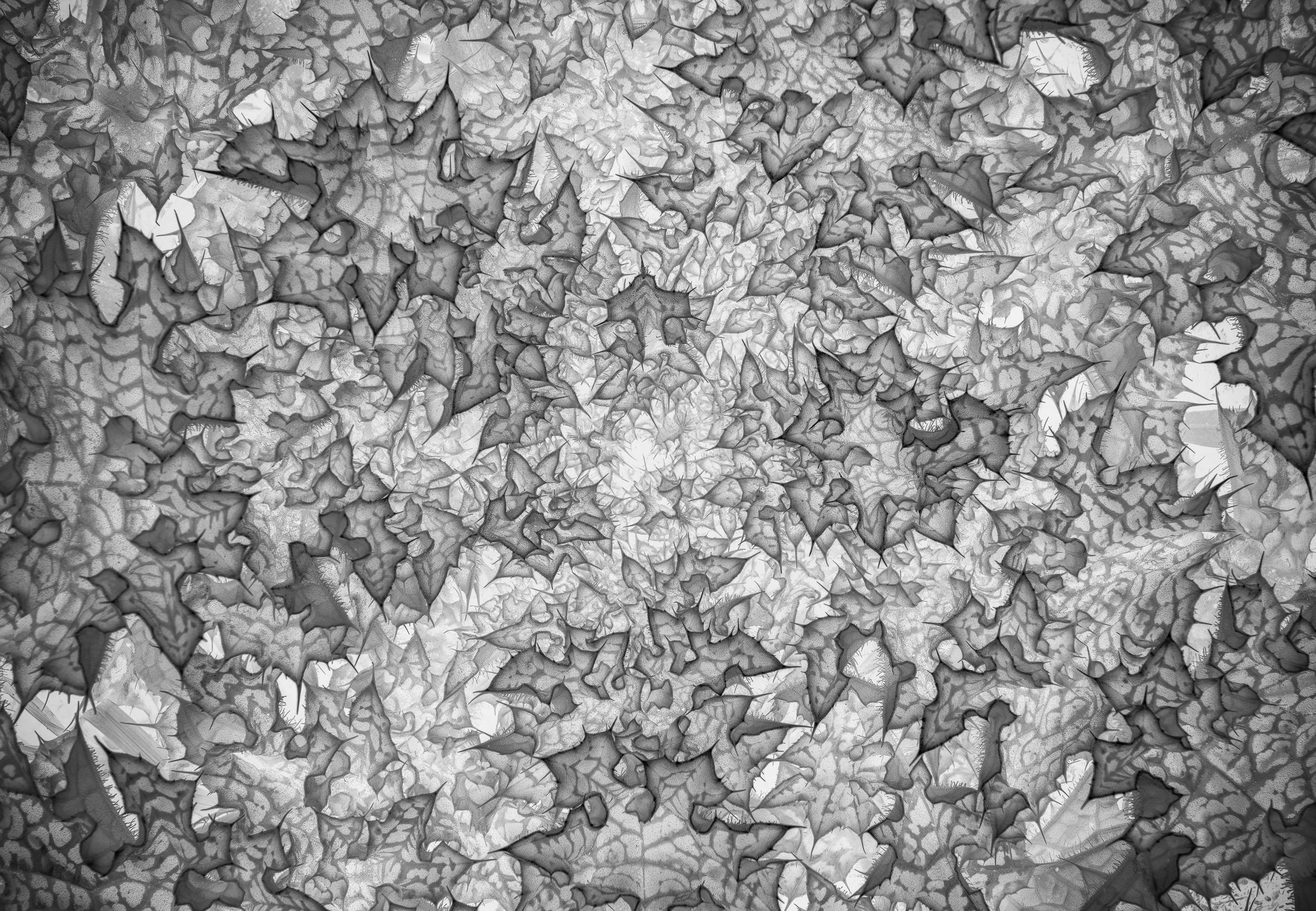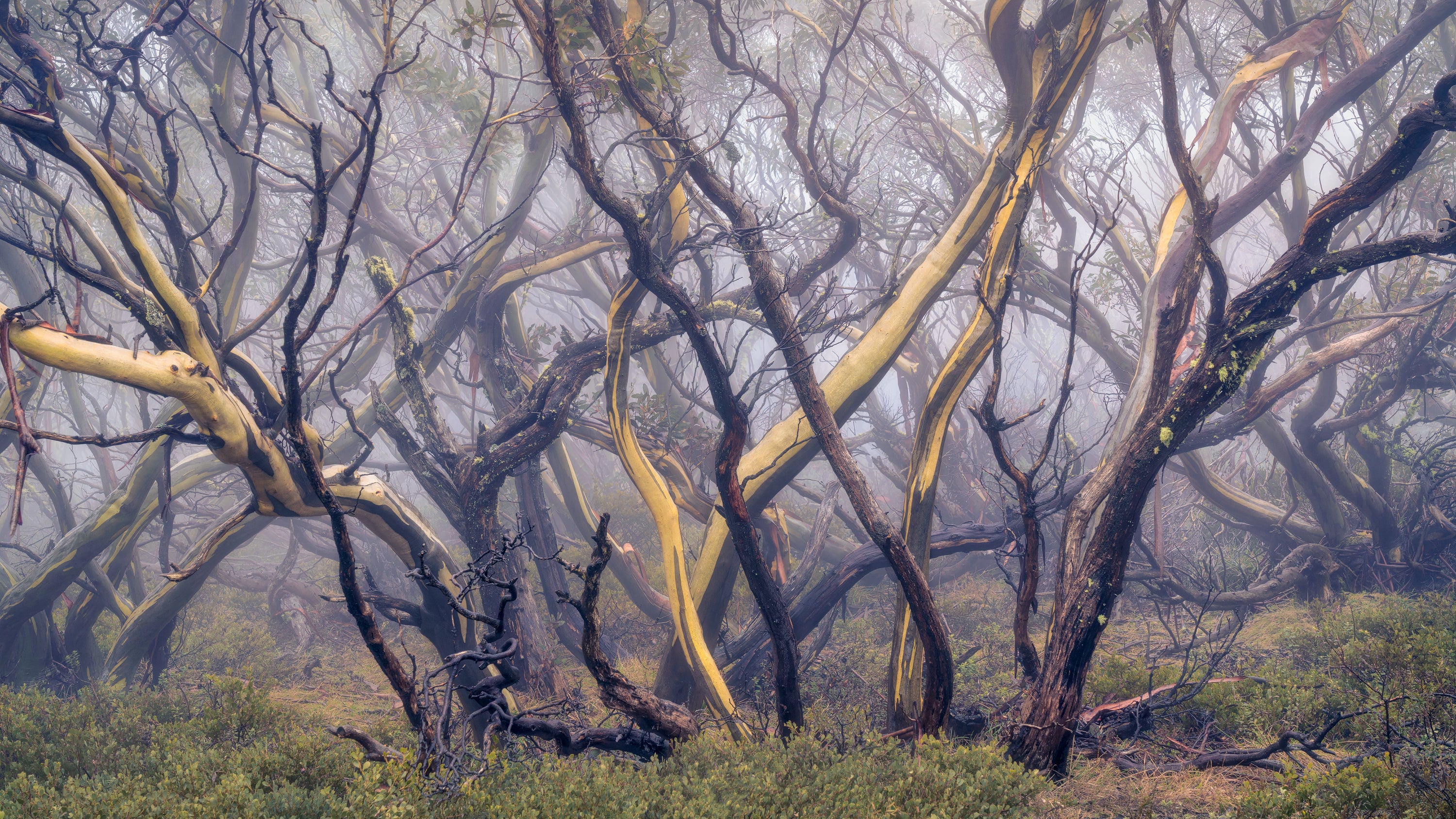“To me, photography is about finding something interesting in an ordinary place... I've found it has little to do with the things you see and everything to do with the way you see them.”
- Elliot Erwitt

How does a photographer learn to see?
What is it that I am trying to see?
And when I ‘see’ it, how will I know I have found it when I have never seen it before?
Background
These are all questions I once asked myself when I started to move beyond the more obvious scenes in nature.
There came a point when I felt a desire to move beyond creating images that were interpretations or representations of other people’s work. I wanted to create something unique or at least create work that did not start with an idea. An idea that had arisen from the thousands of images I was looking at daily on social media and gaining tiny snippets of inspiration, unknowingly, which would one day result in an image I was bound to create at some point in the not-too-distant future. An image, that was technically another photographers.
Whilst I acknowledge it is becoming increasingly difficult to create unique images these days, just having the goal to create something unique will put you on the right path.
Concept
So, what exactly is ‘seeing’ with respect to nature photography?
Learning to see was not something I ever set out to learn as part of my progression in my early years as a photographer. It was only after I had learnt all the basics of camera technique, composition and the fundamental elements required to create a compelling image that I discovered that seeing was something I had developed somewhat intuitively. I began seeking more meaning and emotion in my images, which ultimately led to creating more expressive photography.
The concept of ‘seeing’ is essentially one’s ability to identify subjects or scenes in nature that would ultimately form the basis of a visually compelling composition.
An important part of this concept is one’s ability to differentiate between a stunning or visually compelling scene and one that will work compositionally. Not all beautiful scenes in nature work well as a photograph.
Prior to the explosion of social media and people’s desire to recreate majestic scenes or subjects they had seen on Instagram or Facebook; photographers would have been much more familiar with the concept of ‘seeing’ as photographic inspiration was far less accessible. All of those iconic shots of famous locations were all once seen by someone for the first time.
It would be very hard these days to come across a scene or subject in nature that would one day become known as ‘iconic’ as all of these places have generally been found and photographed before.
This is why I began exploring more intimate scenes and why I feel this concept of ‘seeing’ in nature photography has become synonymous with intimate and abstract photography. I also feel that this is a reason why many nature photographers who may wish to explore a more creative or expressive approach with their image making go down this path as well.
How does one learn to see?
Learning to ‘see’ can take time and practice. You need to train your mind to not only ‘see’ but to be open to see things. To ‘see’, requires you to pay attention, and to pay attention, your mind needs to be clear of distraction.
Most of my photographic journey has been spent shooting in my local area and being that it is quite remote, I almost always have these places to myself. I very rarely see people out on shoots which gives me the ability to engage completely with the landscape and free my mind of distraction. I am therefore open to everything and anything that sparks my attention and free to engage completely with it.
You would have seen or heard people comment on images of scenes or subjects with ‘what a beautiful scene, something that most would walk past time and time again without ever noticing’. The reason for this being such a common sentiment is that people spend most of their waking life distracted or preoccupied by their thoughts. The mind can only focus on one thing at a time. If it spends the majority of its time ruminating about the past or worrying about the future then it will keep you in a constant state of distraction and prevent you from seeing what is in front of your own eyes.

Herein lies the key to practicing the art of ‘seeing’.
Meditation and mindfulness have become popularised over recent years due to a need for people to ‘switch off’ as a result of the tech heavy society we live in and is one of, if not the best ways to clear your mind of distracting thoughts.
Whilst it can aide one’s ability to see, it is not an essential element in learning this concept.
I find these days that my time out in nature can be somewhat meditative experiences in themselves, and just taking a walk alone with my camera can provide a natural clearing of the mind.
I have found that it can take some time from the moment I leave the car to the time I begin exploring for the mind to clear, so I tend to not get my camera out until I enter what some people refer to as a ‘flow state’, or as I have already referred to, as a clearing of the mind.
Once you start practising this way of shooting you will find it will become a natural part of your approach, and the transition from a distracted mind to a clearer mind will happen faster.
What to look for in nature
Once you are free from thought, conscious of your surrounds and ready to see what nature has to offer you, what is it that you should pay attention to and look for in nature?
Firstly, try to avoid any pressures you may place on yourself to come away with an image. This mindset can be detrimental to both your experience and to your creativity. I would also suggest not to go looking for images. Trying to see a preconceived idea or image you have in your mind will only lead to disappointment.
Start by just connecting with the landscape and your surrounds, slowly let nature reveal itself to you and be open to whatever grabs your attention.
To begin with, start by looking for visual elements like lines or shapes in nature which tend to lend themselves well to a pleasing image. Repeating patterns and the balancing of visual elements are just some I have found that produce naturally pleasing images.
Another strong element I commonly use in my photographs is colour. Being able to see colour as a potential subject in the landscape and having a basic understanding of colour theory can help you to identify and create unique and pleasing images.
Identifying and using complimentary colours in a composition can really elevate a particular subject and provide a pleasing yet powerful visual experience for the viewer.
I have found that returning to locations can help with seeing things you may not have noticed initially. Particularly in forest locations or bushland where the landscape is very busy and chaotic, the initial visit to such a location can feel overwhelming and your eye tends to dart from one thing to another, making it hard to slow down.
Lastly, the importance of the right type of light to best showcase your subject matter cannot be underestimated. Whilst most landscape photographers would suggest the only time to shoot is during ‘golden hour’ I have personally found this to be a common misconception.
The problem I have with this view is that it puts the decision of the type of light before the subject matter.
Not all subject matter, particularly intimate and macro scenes, benefit from being photographed under morning or afternoon light. Whilst I agree that those wide sweeping vista scenes can benefit from being photographed during sunrise or sunset, I feel that this concept is too often promoted as the optimal time to achieve great landscape and nature photographs, which just isn’t the case.
So, the next time you are planning a trip or you have a day free to head out with your camera, try implementing some of these techniques. You don’t even need to have your camera on you, you may just wish to start by going for a walk out in nature. Give yourself the freedom to not have to come away with something and head out into nature with a clear mind, open to any opportunities that piques your interest and find out what you are able to see.
Interesting read Jeff, thank you.
So glad to have found you who has strong conviction and passion with nature.
I love nature and I feel very intimate being out there discovering it with such elated joy and freedom it gives me while shooting or just walking through it.
And yes, nundfulness plays a big part to free the mind so to see and become one with the scene. For me I’m finding out more and more times I go out on locations I’m realising being patient with ones self to just let things happen and allow my eyes to see things begin to open out before me without having the excitable mind rush dominating or distracting me from doing what I intend on doing and thats taking an amazing photograph. I’m still learning and I realise I will never stop learning.
I consider myself as a beginner and still practicing with my gear and enjoying the experimental aspects with the tools I have. I still need to learn Lightroom & Photoshop which will challenge me even more. Photography seems to keep me filled without being hindered by my ADHD its actually benefits.
I do tend to take many shots I dont use. Lol.
Cheers. Vlad.
@vlads_photo